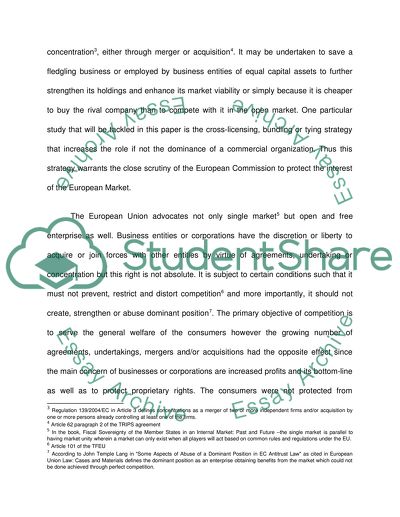Cite this document
(“Competition Law Assignment Example | Topics and Well Written Essays - 3750 words”, n.d.)
Retrieved from https://studentshare.org/law/1398002-competition-law
Retrieved from https://studentshare.org/law/1398002-competition-law
(Competition Law Assignment Example | Topics and Well Written Essays - 3750 Words)
https://studentshare.org/law/1398002-competition-law.
https://studentshare.org/law/1398002-competition-law.
“Competition Law Assignment Example | Topics and Well Written Essays - 3750 Words”, n.d. https://studentshare.org/law/1398002-competition-law.


